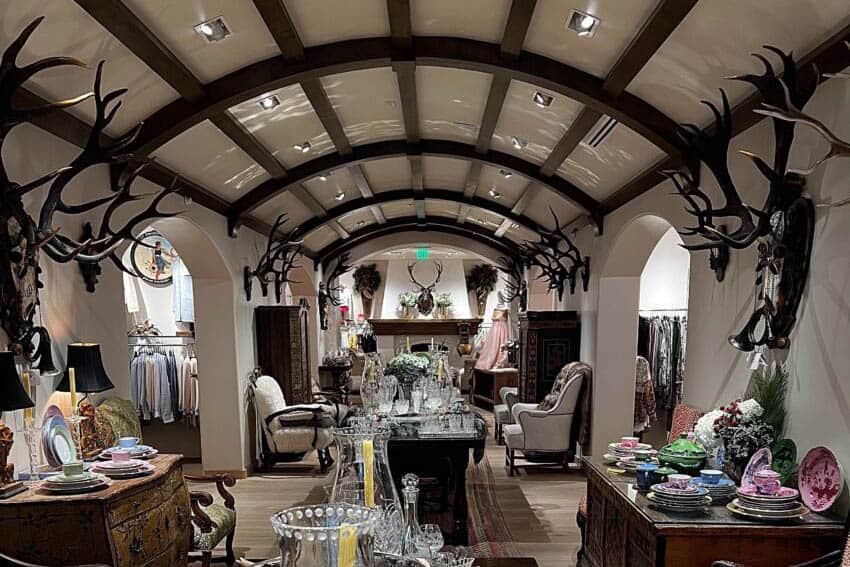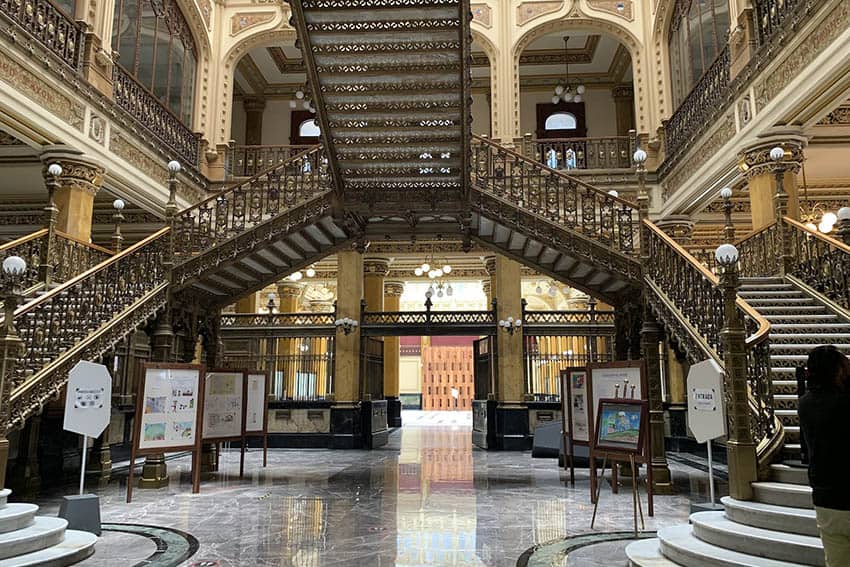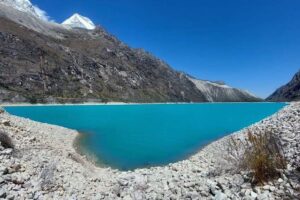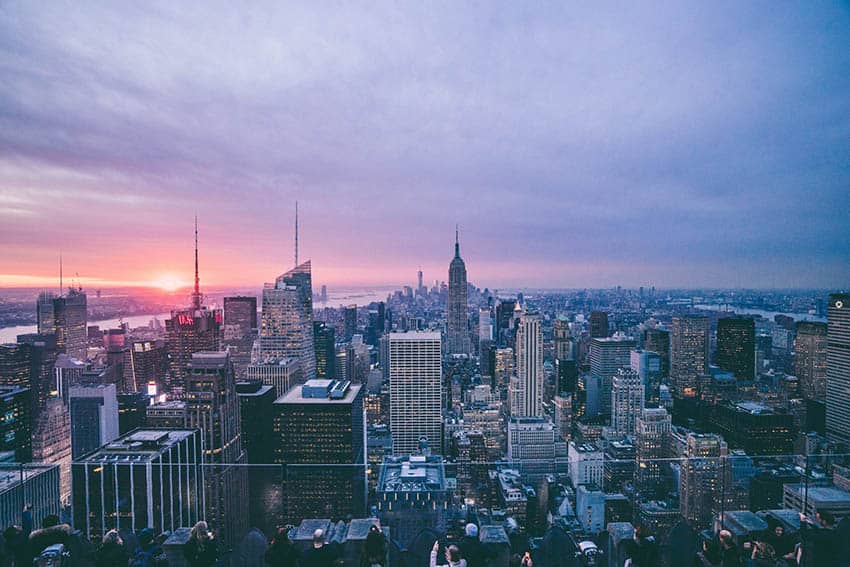
Palenque: Secret City of the Maya
By Richard Arghiris
Dense, exuberant rainforest shrouds this immense Mayan metropolis, abandoned for unknown reasons over a millennia ago. A sense of the lost, grandiose world of the Maya lingers in this city’s ruined plazas.
At its height, Palenque would have supported hundreds of thousands of inhabitants. Slaves, artists, traders, warriors and priests were among the ranks who toiled under the city’s noble elite.
Today, vast pyramids break through the thick canopies of foliage. Elegant temples conceal the most sublime examples of Mayan art ever found. Sculptures, stone carvings, ornaments, pottery and hieroglyphic tablets are all contained at this astonishing archaeological site. The ancient city of Palenque is an enigma.
The Exotic Setting of Palenque
The city’s setting in the jungles of Chiapas, Southern Mexico, is reason alone to visit. Perpetually active and exotic, the surrounding forest has a wild and intoxicating flavour.
Where paths penetrate the walls of tropical vegetation, they invariably lead to exquisite scenes: Lily-strewn pools, waterfalls and streams.
Giant mahogany and ceiba trees are prevalent, while lesser plant forms spill from their branches with unbridled luxuriance. A plethora of animal life is also supported. Common insects include leaf-cutter ants, fireflies and grasshoppers. Howler monkeys and spider monkeys are prolific, as are toucans, frogs and rodents. Less common, though reputedly present, are jaguars, tapirs and pumas.
Ceremonial Center
Palenque’s ceremonial centre is the city’s most architecturally impressive. Here one finds the exquisite Temple of Inscriptions, a nine-tiered pyramid erected by King Pacal in the 7th Century AD. The building derives its name from a series of hieroglyphic tablets discovered in the temple at its summit – some of the best surviving examples of Mayan writing. It is believed that the inscriptions describe the history of Palenque’s ruling elite.
Nearby stands the ‘Palace’. This fortress-like building, which was added to by several different rulers, is one of the city’s most famous. Crumbling walls and terraces conceal a large, inner courtyard. Inside, gruesome stone carvings depict prisoners tied and bound at the hands and ankles. Beneath the building, a labyrinthine network of tunnels reaches through the foundations. The Palace’s most unusual feature is a square observation tower believed to have been used for astronomical purposes.
The real jewel of Palenque is a collection of three temples known as the ‘Group of the Cross’. Constructed under Pacal’s son, King Chan-Bahlam, in the 8th Century AD, these temples contain superior stone carvings. Each structure bears a series of panels which depict the king on a cosmic journey. The scenes grow increasingly sacred as one advances inside. The most sacred carvings show Chan Bahlam meeting his father in the underworld. There he receives the kinds of supernatural powers necessary to rule the city.

Consuming Darkness
Beyond the well-groomed ceremonial centre, paths lead into the consuming darkness of the jungle. There the growth is rampant and enveloping. The ancient buildings are crumbling and unrestored. Roots twist around blackened blocks, shattering terraces and splitting walls. The paths take twisting routes into it, descending plateaux precariously, ascending faces haphazardly.
Little wooden bridges cross over streams, passing sublime waterfalls and ethereal natural spaces. There is an undeniably magical quality to this side of Palenque. Something the locals might call ‘encanto’ – ‘enchanted’ or sacred. Palenque’s museum lies at the end of the main trail. Visitors can expect to see superlative exhibitions on ancient Mayan culture. Worship, human sacrifice, trade, astronomy, art, mathematics and other aspects of their daily life are explored through a stunning collection of artifacts.
The Maya were an undeniably astute race, and the city of Palenque is testament to a civilisation at its height. Never again would the Maya achieve so much in the spheres of science, art and architecture. In short, Palenque is a product of a Mayan Golden Age. Visit this museum to learn about the place of this city in the wider context of Mayan history and evolution.

King Pacal’s Sarcophagus
In 1952, archaeologists discovered a man-made tunnel reaching inside the Temple of Inscriptions. When eventually they cleared it of rubble, they found a chamber containing a beautifully carved sarcophagus. Beneath its heavy stone lid lay the millennia old remains of King Pacal himself. It seems that the Temple of Inscriptions was his funerary monument.
Today, visitors can descend this tunnel and see the world-famous sarcophagus for themselves. The image on its lid shows King Pacal descending into the jaws of the earth monster. Note that visitors will need written permission from the site office. Entry to the tomb is in the afternoon, when the main site has closed. Flash photography is prohibited.
Current Research
Dr. Ed Barnhart of the Mayan Exploration Center, who has directed a three-year project to map the entire city’s layout, says the buildings were designed to achieve certain effects at different times of the year, which the MEC scientists have studied using laser technology and stop-motion cameras.
At the vernal and autumnal equinoxes, light from the sunset is focused into a beam that strikes the farthest corners of the inner chambers. During the summer solstice, the scenes in the central chambers become illuminated.
Barnhart says these effects were used to time agricultural actions and public rituals. He says archaeoastronomy, the study of the interaction between ancient architecture and celestial events, offers insights into Mayan architecture at sites throughout the empire, which stretched as far as Western Honduras.
“This is really the future of Mayan studies,” he says. “We’re beginning to suspect that many other cities could contain similar features.”
In addition to archaeoastronomy, MEC scientists are conducting research into sacred geometry, uncovering the mathematical rules by which the Maya constructed their temples. It seems there is much yet to be discovered about this ancient civilization. The mystery and allure of their world is as profound as ever.
WHEN TO GO
The best time to visit Palenque is during the dry season – November to April. The very best months are December and January. However, visitors should be aware that it rains in the rainforest all year round. A protective poncho is a must whenever you plan to visit. Also, consider packing a mosquito net if you intend to stay in the jungle. If you can, try to avoid coming during the height of the rainy season – June, July and August.
BEST ACTIVITIES AND TOURS
Palenque is home to many researchers, so visitors in search of a high quality tour are spoilt for choice. Botanists, archaeologists and zoologists are among the professionals stationed near the ruins. Many of them advertise their services at the El Panchán resort on the road to the ruins (off highway 199).
Alternatively, slightly cheaper, local, English-speaking guides are numerous. They can be found at Palenque’s main gates. Meanwhile, the Maya Exploration Centre holds regular lectures on the ancient Maya at El Panchán. Their website gives details of dates and topics.

OTHER ATTRACTIONS
Visitors should not leave this part of Chiapas without experiencing the awesome beauty of the land. Three stunning waterfalls are located near the ruins, and can be easily reached through a travel agency in Palenque Town. Agua Azul, Agua Clara and Misol-Ha all offer unique swimming experiences in a lush, rainforest environment. If you don’t have the time to visit any of these places, then explore the area around the ruins themselves. This part of the world is blessed with many enticing bathing spots.
Richard Arghiris is a freelance travel journalist based in London.
GETTING THERE AND AROUND
The ruins are reached via Palenque Town – the nearest commercial and residential centre. Buses arrive daily from Mérida, Cancún, Oaxaca, Mexico City and all other major cities. To reach the ruins themselves, take a cruising combi or mini-bus that has the word ‘ruinas’ scrawled on its windscreen. This bus can drop you off at the gate, or any other point before (if you plan to stay at accommodation in the jungle).
BEST LODGINGS
While Palenque town offers cheap rooms in a convenient urban setting, nothing beats actually staying in the jungle. The 8km-long road to the ruins offers a variety of lodgings in a rainforest setting. El Panchán is the most popular. This resort contains a wide range of cheap rooms, huts and hammock spaces.
ENTERTAINMENT
Bars and restaurants are plentiful, and visitors can expect to be enticed with live music and entertainment every night. There is even an internet café. However, more upmarket and downmarket alternatives do exist along the same road. Thoughtful travellers might want to try somewhere quieter and less commercial. Expect to pay a minimum of around $10 pppn for a room or hut – less if sharing or using a hammock.
elpanchan.com
BEST EATS
El Panchán offers three restaurants of differing extravagance. A main course in El Don Mucho, the resort’s most expensive, will set you back $5 – $10. Fare includes pizza, fajitas and tacos. It is all very filling, tasty and hygienically prepared. However, almost every lodging on the road to the ruins will offer cheaper, good quality meals.
Don’t dine at the restaurant in the ruins – It is expensive and unfulfilling.
- These 9 U.S. National Parks Require Reservations in 2024 - April 17, 2024
- Take a Hike in Olympic National Park - April 17, 2024
- The Wild Mississippi: 2340 Miles Across Ten States - April 8, 2024





